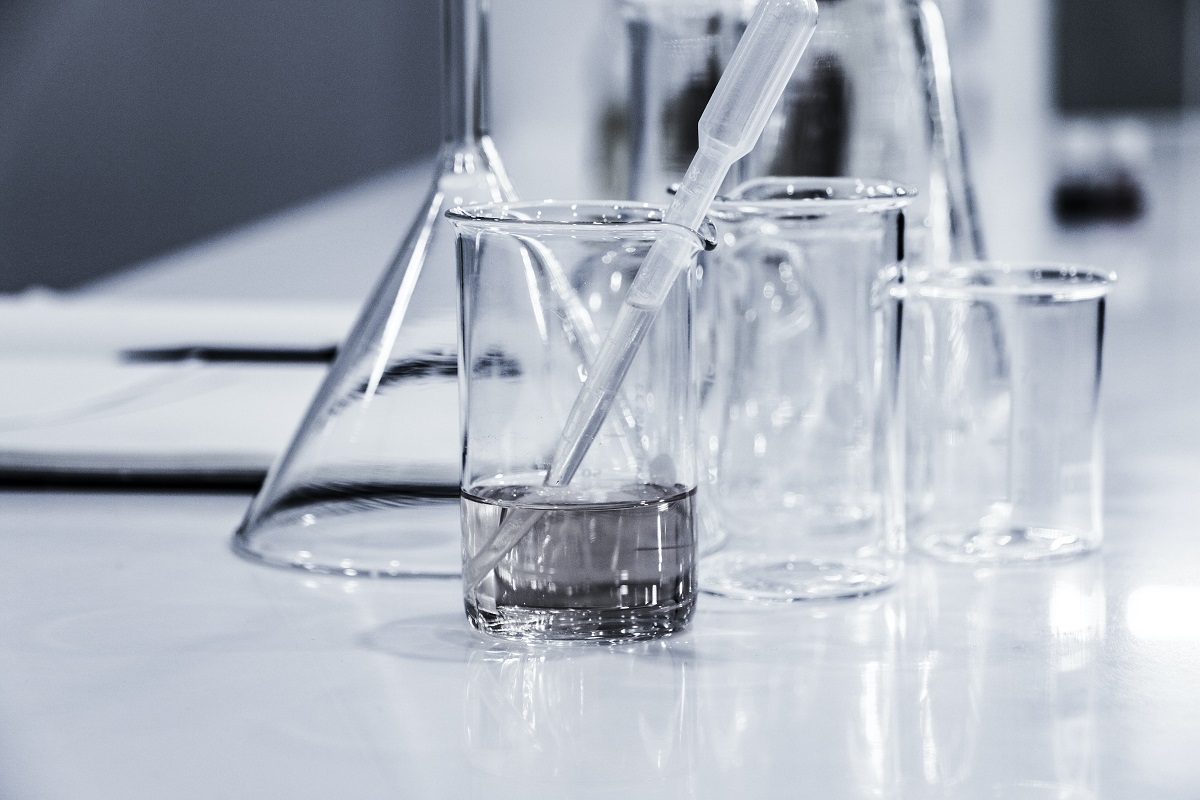Plant Hormone Analysis: A Comprehensive Overview
Introduction
Plant hormones play a crucial role in regulating various physiological processes in plants, influencing growth, development, and responses to environmental stimuli. Analyzing plant hormones helps researchers gain insights into these intricate mechanisms. In this blog, we will explore the significance of plant hormone analysis and the different techniques used in this field.
Significance of Plant Hormone Analysis
Plant hormone analysis is essential for understanding how hormones regulate plant growth, development, and responses to stress. By quantifying hormone levels, researchers can unravel the complex signaling pathways involved in plant biology. This knowledge can be harnessed to improve crop yield, enhance stress tolerance, and develop sustainable agricultural practices.
Techniques for Plant Hormone Analysis
Gas Chromatography-Mass Spectrometry (GC-MS): This technique is widely used for quantifying plant hormones, such as auxins, cytokinins, abscisic acid, gibberellins, and ethylene. GC-MS offers high sensitivity and specificity, enabling accurate measurement of hormone concentrations in plant tissues.
Enzyme-Linked Immunosorbent Assay (ELISA): ELISA is a popular technique for detecting and quantifying plant hormones by utilizing specific antibodies. This method is rapid, cost-effective, and suitable for high-throughput hormone analysis.
Liquid Chromatography-Mass Spectrometry (LC-MS): LC-MS is another powerful tool for plant hormone analysis, offering high resolution and sensitivity. This technique can detect a wide range of hormones and their metabolites, providing valuable information on hormone dynamics in plants.
Radioimmunoassay (RIA): RIA is an established technique for measuring hormone levels based on the competition between radiolabeled and unlabeled hormones for binding to antibodies. Despite some limitations, RIA remains a valuable method for quantifying plant hormones.
Applications of Plant Hormone Analysis
Stress Responses: Studying hormone levels under stress conditions can elucidate plant defense mechanisms and facilitate the development of stress-tolerant crops.
Seed Germination: Hormone analysis helps understand the hormonal regulation of seed germination processes, optimizing seedling establishment and crop productivity.
Plant Development: Monitoring hormone profiles throughout plant development stages provides insights into hormonal crosstalk and regulatory networks controlling growth patterns.
Nutrient Uptake: Hormone analysis can shed light on hormone-mediated responses to nutrient availability, guiding strategies for improved nutrient uptake and utilization efficiency.
Challenges and Future Directions
Despite the advancements in plant hormone analysis techniques, challenges persist, such as sample preparation variability, hormone extraction efficiency, and assay sensitivity. Future research directions include integrating multi-omics approaches to comprehensively analyze hormone dynamics and their interactions with other signaling molecules.
In conclusion, plant hormone analysis is a fundamental aspect of plant biology research, enabling scientists to unravel the intricate mechanisms governing plant growth and development. By harnessing the power of sophisticated analytical techniques, researchers can unlock the potential to enhance crop productivity, mitigate environmental stress, and contribute to sustainable agriculture practices.
About the Author
Lifeasible, as a leading plant biotechnology with a long history of plant physiological studies, provides both biosensor-based and mass spectrometry-based approaches that ensure continuous and accurate plant hormone detection.






